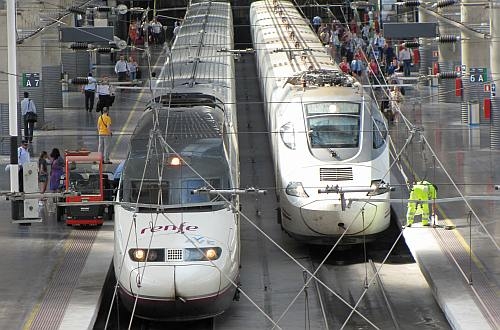The fare cuts were introduced as part of a raft of measures including the launch of 10-trip passes, an increase in tickets sold by yield management, and the introduction of more flexibility in return tickets, with the aimed of stemming the decline in high-speed passenger numbers, which fell 2.6% last year.
The highest ridership increases have been on Barcelona – Malaga (26%) and Barcelona – Seville (28%) services, while the number tickets sold for Madrid – Barcelona trains increased by 16%.
Load factors as measured by Renfe (total tickets sold against the total number of seats offered) reached 75% and revenues remained stable with 0.18% year-on-year increase in the four months concerned. As a result of the climb in traffic, Renfe now expects to break its current annual record of 22 million high-speed passengers this year.
Sources in Renfe contacted by IRJ stated that due to a relatively low demand for business travel, the company intends to focus on continuing to expand its still weak market share in the leisure travel segment, with more special offers and longer trains on weekends and public holidays.

